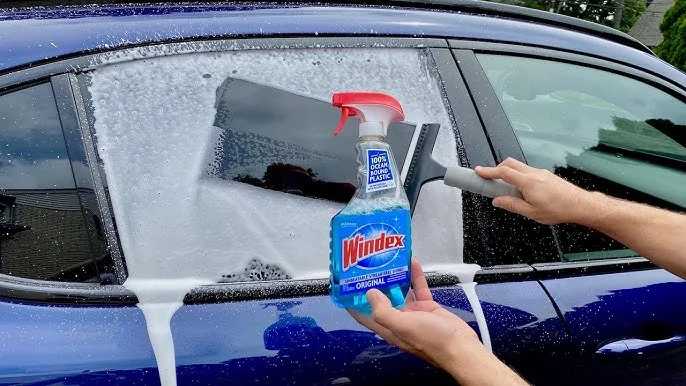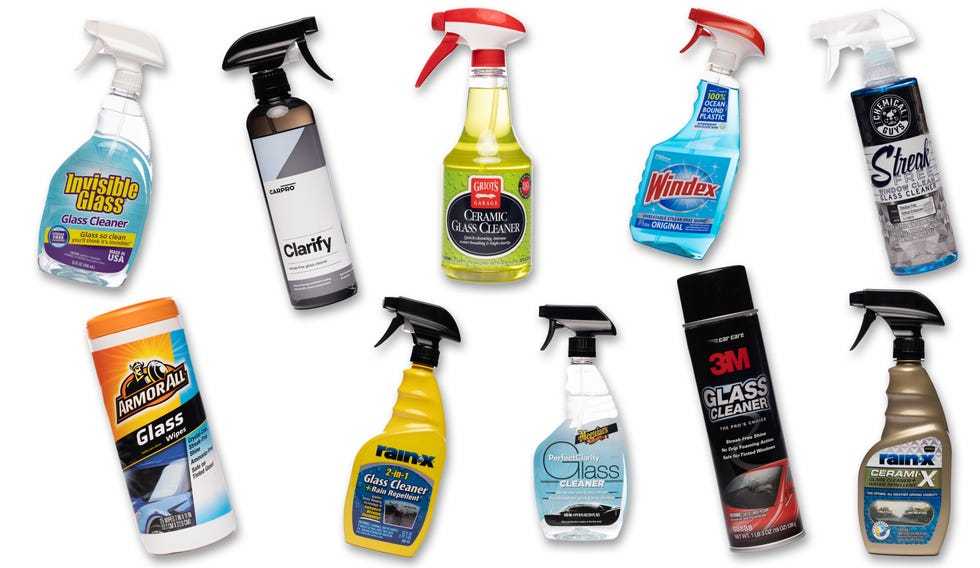Yes, car windshields can often be polished to restore clarity and remove minor imperfections. Polishing can help improve visibility, making driving safer and more comfortable. However, the success depends on the extent of damage and the type of blemish.
If you’re wondering whether your foggy or scratched windshield can be fixed with polishing, the good news is that in many cases, it can. Polishing is a cost-effective way to remove small scratches and oxidation that cloud the glass. But it’s not a magic fix for deep cracks or severe damage. Before attempting to polish your windshield, it’s important to assess the level of damage. Light scratches, minor pitting, and oxidation respond well to polishing, giving your windshield a clearer and newer appearance. For larger or deeper damages, replacing the windshield might be the safest option. Overall, with proper technique and the right products, polishing can significantly improve your windshield’s condition without the need for a costly replacement.
Can Car Windshield Be Polished? Everything You Need to Know
Understanding Windshield Damage and the Need for Polishing
Windshields often face scratches, minor chips, and cloudiness over time. These issues can affect visibility and safety while driving. Many car owners wonder if polishing can fix or improve these problems. The answer depends on the type and severity of the damage present.
Types of Damage That Can Be Polished
Not all windshield issues require replacement. Some common problems that can be treated with polishing include:
- Fine scratches on the glass surface
- Surface haze caused by dirt or oxidation
- Light cloudiness due to mineral deposits
However, deeper cracks or chips generally cannot be fixed through polishing alone.
The Science Behind Windshield Polishing
Windshields are made from laminated glass, which consists of two layers of glass bonded by a plastic layer. Light surface scratches are often just on the outer layer. Polishing removes these superficial flaws by using abrasive compounds. This process smooths out the glass surface and restores clarity.
When Is Polishing a Good Idea?
Polishing works best when:
- The scratches are minor and not deep enough to penetrate the glass
- The haze is caused by surface contamination or oxidation
- The damage is only superficial and does not threaten the structural integrity
If these conditions are met, polishing can improve the appearance and visibility through your windshield.
Tools and Materials Needed for Windshield Polishing
Professional polishing involves specialized equipment, but DIY kits are also available. Typical tools and materials include:
- Fine abrasive polishing compounds
- Polishing pads or cloths
- Electric polishing devices or drills
- Protective gear like gloves and goggles
Using high-quality products ensures better results and minimizes the risk of further damage.
The Step-by-Step Process of Windshield Polishing
Follow these steps for a successful DIY polishing session:
- Clean the windshield thoroughly to remove dirt and debris
- Apply a small amount of polishing compound to the pad or cloth
- Use gentle, circular motions to polish the affected area
- Continue polishing for several minutes, applying moderate pressure
- Wipe away excess compound and check the clarity
- If necessary, repeat the process for better results
Patience and proper technique help achieve a clearer and smoother surface.
Professional Windshield Polishing: When to Seek Help
If DIY methods do not improve the surface or if the damage is more than superficial, professional help is recommended. Experts have specialized equipment like **glass polishing machines** that offer more precise buffs. They can also assess whether the damage can be safely polished or if replacement is necessary.
Limitations and Risks of Windshield Polishing
While polishing can fix minor issues, it comes with limitations:
- Deep scratches or cracks cannot be repaired with polishing
- Over-polishing can weaken the glass surface
- Improper technique may cause further damage or uneven surfaces
It’s important to evaluate the extent of damage before attempting to polish your windshield.
Benefits of Proper Windshield Maintenance
Regular cleaning and timely repairs extend the life of your windshield. Polishing can help:
- Restore clarity and improve visibility
- Reduce glare caused by scratches or haze
- Save money by delaying costly replacements
Maintaining your windshield ensures safety and prolongs its usability.
Precautions and Tips for Safe Polishing
Always be cautious when polishing your windshield:
- Test a small area first to see the effect
- Avoid using overly abrasive compounds that can damage the glass
- Use proper polishing techniques to prevent uneven surfaces
- Wear protective gear to avoid injury from glass debris or chemicals
If in doubt, consult with a professional to avoid causing more harm.
Related Topics and Alternatives to Polishing
In addition to polishing, other options include:
- Replacing the windshield if damage exceeds repair limits
- Using windshield sealants to prevent further damage
- Applying protective coatings to reduce future scratches
Understanding these alternatives helps in making the best decision for your vehicle.
Polishing your car windshield can be an effective way to improve clarity if the damage is superficial. It is not suitable for deep scratches or large chips, which require replacement. Proper technique and products are essential to avoid causing further harm. Consulting a professional is advisable if you are unsure about the extent of damage or the best repair method for your windshield. Keeping your windshield clean, protected, and well-maintained will ensure safe driving and extend its lifespan.
Can't Believe I Used This To HYPER-CLEAN My Front Windshield!!
Frequently Asked Questions
What techniques can be used to effectively polish a car windshield?
To polish a car windshield properly, use a specialized glass polish and a soft microfiber cloth or buffing pad. Start by cleaning the windshield thoroughly to remove dirt and debris. Apply the polish in small circular motions, ensuring even coverage. Use a clean cloth to buff the surface gently until the glass appears clearer and smoother. For stubborn spots or minor scratches, consider using a professional-grade glass polishing kit for better results.
Are there specific products recommended for windshield polishing?
Yes, choose products designed specifically for automotive glass polishing. Look for glass polishes that contain fine abrasives to remove minor scratches and oxidation without damaging the glass. Brands specializing in automotive care often offer dedicated windshield polishing compounds. Always read the instructions to ensure proper application and avoid over-polishing, which can cause damage.
How often should I polish my car’s windshield to maintain clarity?
Polish your windshield every 6 to 12 months, depending on exposure to environmental elements like road debris, pollution, and sun damage. Regular maintenance helps prevent the buildup of scratches and oxidation, keeping the glass clear and improving visibility. Avoid over-polishing, as excessive work can weaken the glass surface over time.
Can polishing remove deep scratches or only surface imperfections?
Polishing mainly addresses surface-level imperfections such as light scratches, haze, or oxidation. Deep scratches or chips typically require professional repair or replacement of the windshield. Attempting to polish deep scratches may not yield satisfactory results and could potentially cause further damage. For significant damage, consult a windshield specialist for proper assessment and repair options.
What precautions should I take before polishing my windshield?
Create a safe environment by cleaning the windshield thoroughly to remove dirt and loose debris. Avoid polishing in direct sunlight or on a hot surface, as heat can cause the polish to dry unevenly or damage the glass. Use gentle pressure when applying the polish to prevent adding scratches. Wearing gloves can protect your hands, and working in a well-ventilated area ensures safety from fumes of polishing products.
Final Thoughts
Car windshields can often be polished to remove minor scratches and improve clarity. Using proper polishing products and techniques can make a noticeable difference. However, deep cracks or significant damage require professional replacement.
In conclusion, can car windshield be polished? Yes, with care, you can enhance your windshield’s appearance and visibility. Just ensure you use the right materials and follow safety precautions for the best results.



